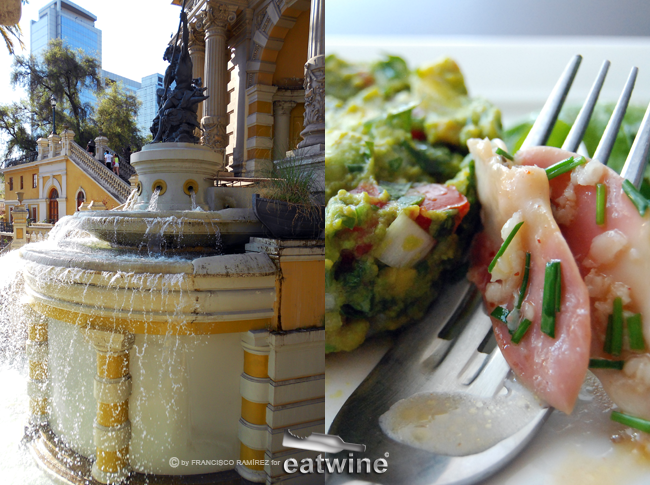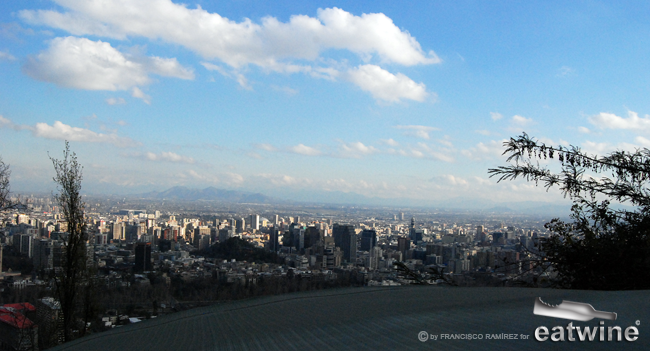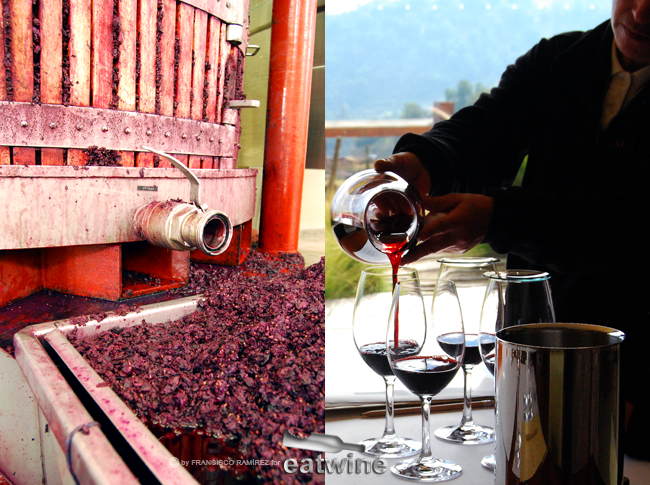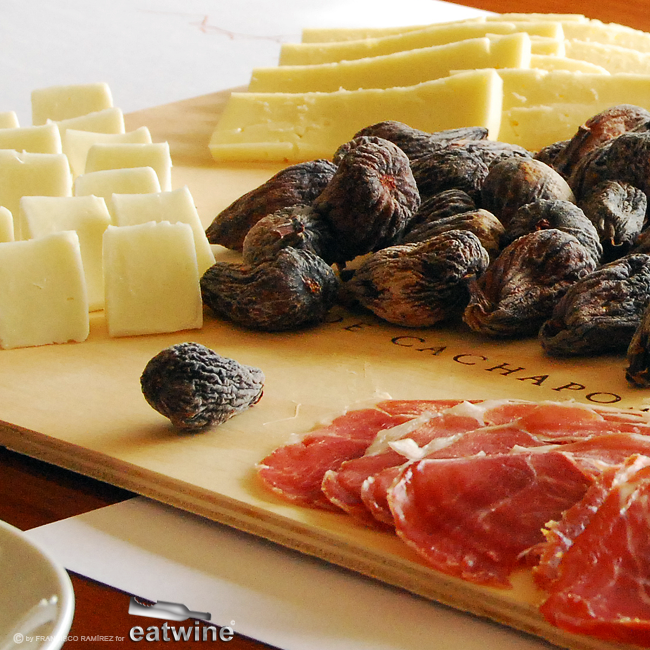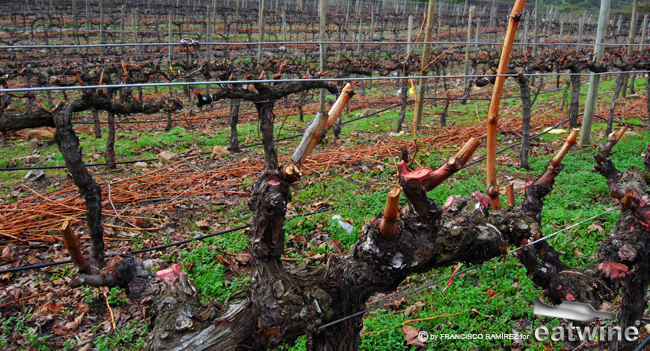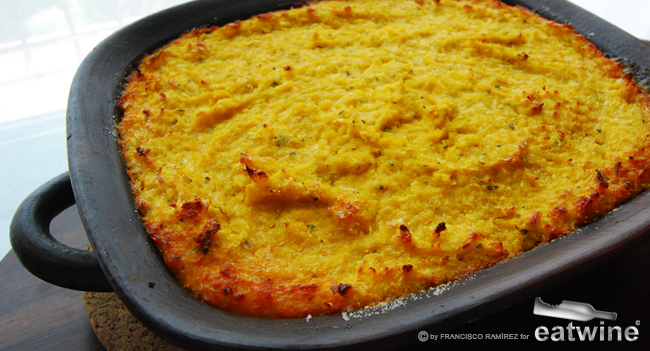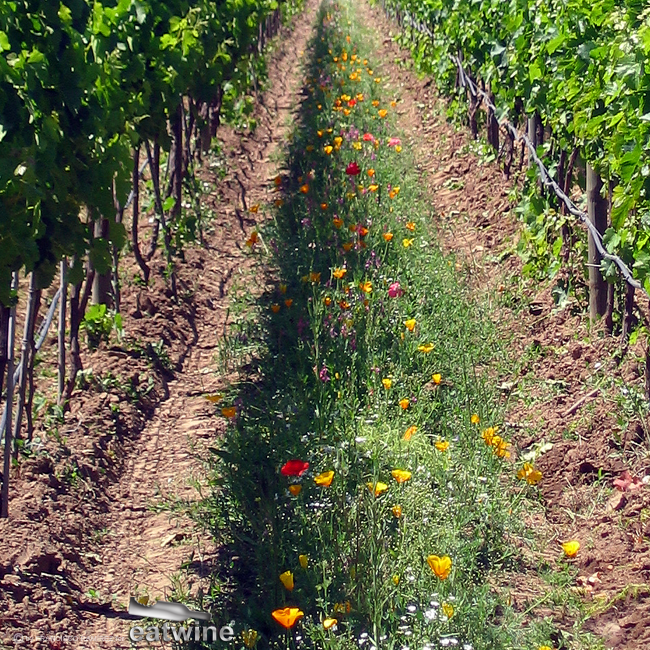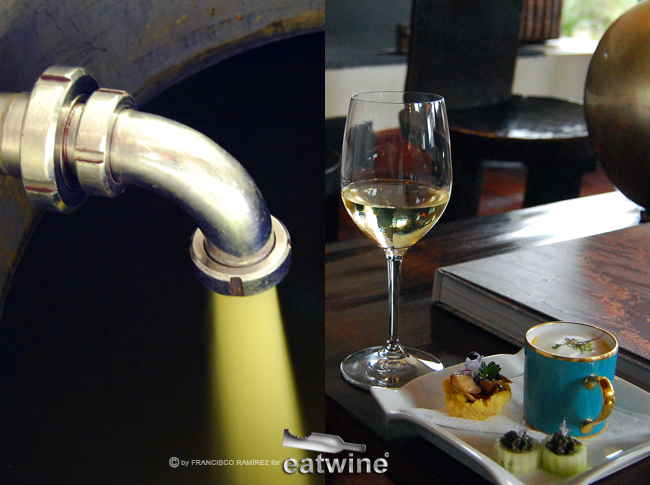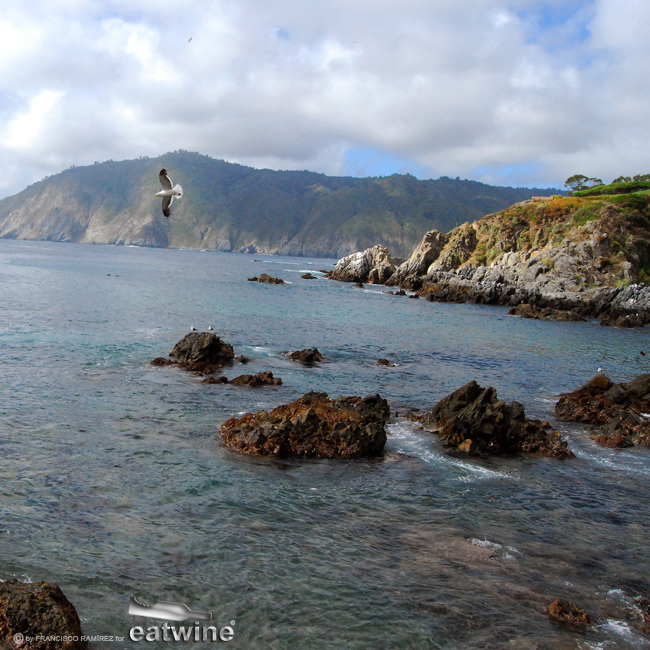We have been talking about Chile’s amazing wine diversity for a while now so I thought it was high time to do a short but sweet blog post outlining the major valleys in the Central Valley of Chile. The wine-growing region in Chile extends over 1,000 kilometers from the 30th to 38th latitudes. While certainly there are grapes being grown up in the Chile Chico, the desert region of Limarí and Elqui, and farther to the south in Malleco or BíoBío, for the focus of this particular post, I wanted to concentrate on the Mediterranean Central Valley.
From Santiago alone, driving in different directions, you can jump off to six wine valleys in two hours or less—a huge feat given the variety of the wines. It all has to do with geography. This is one mountainous country (70% or more is mountains). All those mountain folds, rivers, sediment and minerals, and fog from the ocean really do make a difference in the valleys, although distance-wise they are relatively close.
These write-ups of the Valleys will orient you with broad stroke characteristics of climate, soil, and grape varieties given. Maybe a producer or town of a well known micro-appellations. While I won’t go deep into this post, Chile has changed in its winemaking and continues to do so at breakneck speed. This generation of winemakers is actively seeking out new terroirs, planting new grapes, experimenting. Combined with the classical wineries that put some Chilean wines on the international map, this next generation is making wines that quicken the pulse and putting a lot of life into the wines—that really faithfully express the terroir.
Aconcagua Valley: In the shadow of towering Mount Aconcagua, the tallest peak in South America, this valley is renowned for its red wines given the warm, dry climate. Syrah and Cabernet Sauvignon are very happy campers here. The open valley receives ample, cool sea breezes from the nearby Pacific, and Mt. Aconcagua is visible with the naked eye on many days, even from the coast. This pequeño valley is centered around Panquehue where one of Chile’s flagship wineries, Errazúriz, is based. Here, shallow, stony soils with good drainage give birth to Cabernet Sauvginon, Merlot, Carmenere and Syrah. Recent plantings of vineyards closer to the ocean near Ocoa (an area known for its stunning Chilean palms), is producing tongue-tingling Sauvignon Blanc and Pinot Noir. We think that the coastal region here has lots of potential for growth as winemakers look for cooler temperatures and experiment with the limits of Pinot Noir.
Casablanca Valley: In the 1980s, winemaker Pablo Morandé saw the uncanny similarities of this valley with Sonoma, California. At that time, it was most dairy farms and little water in the valley (there’s no river, only limited wells). Many considered him a loco to plant his grapes. He obviously had the last laugh as today Casablanca, lying west of the coastal range, has some of Chile’s best cool-climate growing conditions. This valley is responsible for producing vibrant, fresh Sauvignon Blanc, Chardonnay, and reds like Pinot Noir and the “cool weather” Syrah with its peppery, blackberry note, a departure from the Syrah of hotter inland valleys. The soils in Casablanca vary from granitic to clay and sandy soils. One thing that is incredibly important about this valley is the moderating effect of the Pacific Ocean who shrouds the valley in thick-as-pea-soup fog many mornings. This protective layer allows these delicate, cool weather grapes to thrive and maintain zesty acidity. The only downside? Frost can be an issue during bud break in October. As you drive through the valley you see the fans (that are really heaters) strategically placed to circulate warmer air on those frigid mornings.
San Antonio Valley: Many people tend to cluster San Antonio as an extension of Casablanca but it is really its own wine valley with considerably different characteristics than Casablanca. While adjacent, geographically speaking, San Antonio is a new valley with a handful of top rate, boutique wineries making. In my opinion, this valley is producing some of the most exciting wines in Chile right now. Here, the cold Humboldt Current is clearly evidenced by the chilly breezes blowing off the ocean and long, cool summers allowing grapes to ripen every so slowly while developing concentrated, intense flavors. Two buzz words for this valley: high acid, low pH. There is a crispness and unique expression to these wines that is so palatable it literally jumps out of the glass and bites your nostrils in a tasting. Here you’ll find pioneers and references like Casa Marin, Matetic, and Garcés Silva who call this valley home. The golden grapes here are Sauvignon Blanc, Chardonnay and even lesser known varietals like Riesling and Gewürztraminer. Pinot Noir and Syrah have also adapted incredibly well with fruity, earthy expressions.
Maipo Valley: Due south of Santiago, the traditional heart of Chilean winemaking has its roots firmly established in the first generation of serious wines, made from plantings brought back from Europe by the aristocratic class at that time. Names like Concha y Toro, Cousiño Macul, and Santa Rita all have grand estates from their prosperous past. The Maipo is actually divided into the “high” Maipo, closest to the Andes, and the “Isla del Maipo”, an island formed by the Maipo River. For intensive purposes of this post, we’ll focus on the high Maipo which is the Andean piedmont and where the finest wines are made due to the cooler temperatures and greater thermic oscillation. Most of the vines are planted around the country villages of Alto Jahuel, Buin, Pirque, and Puente Alto (which has now been engulfed by Santiago). When you think of this area, it should be benchmark Cabernet Sauvignon. In fact, in Puente Alto where Almaviva is located, it is surrounded by prestigious neighbors like Concha y Toro’s Don Melchor and Errazuriz’s Chadwick vines. Why? This terroir is esteemed among the finest in the world for Cab. And Maipo Cabernet most definitely has a distinct flavor. The berries are tiny, dense, and filled with aromas are of deep cassis (black currant). There’s an herbaceous note that many say come from the eucalyptus trees in the valley and oils “suspended” in the air. The wines are fresh, elegant, balanced with silky tannins.In blind tastings, these Cabs, or their, just call to you. There’s a reason some of the big wine guns like Almaviva, Domus Aurea, Don Melchor, Chadwick, and others all hail from this valley.
Cachapoal Valley: This newish valley used to be part of what was once called Rapel, named after the Rapel lake and also included Colchagua. Now separated from Colchagua, this nearly all red wine district extends from the cool foothills of the Andes towards Route 66, known as the Ruta de la Fruta varying from shallow rocky slopes to fertile alluvial soils ideal for Carmenere. Here in Peumo, is arguably some of the best Carmenere terroir in Chile (here Concha y Toro’s distinguished Carmin & Terrunyo grapes are born). That being said, Cabernet Sauvignon is the name of the game here, with particularly velvety tannins and nice acid in Requinoa, which is in the foothills with grand cru projects in its folds. Near Rancagua, high in the Andes, innovative vintners are blazing trails making high altitude Chardonnay with its own unique expression, undaunted by winter snowfall. There’s also a smattering of Merlot near Rengo, hotter and lower in altitude. While Cachapoal does not have the caché of the Maipo or Colchagua yet, it’s one valley to watch.
Colchagua Valley: Without doubt, Colchagua could be the Chilean wine valley that has gotten the most traction abroad from a name brand stand point, and certainly with wine tourism. Many have done the valley a disservice of constantly comparing it as Chile’s “Napa” because of the higher concentration of wineries and some similarities in climate to its Californian cuisine. Colchagua, however, has a very different, more rustic feel than Napa and thankfully can hold its own. The valley follows the Tinguiririca River from the Andes to the Pacific, flanked by several extensions of the coastal mountains with tall hills. It’s essentially a wide corridor with hills for growing vines on the flat and hillsides. The terrain is quite varied with loamy, fertile soils close to the River and shallow, rocky gravel and even granite on the hillsides. Colchagua is very hot in the summer time but a consistent cool breeze from the Pacific, 50 miles as the crow flies, cools things off most afternoons around 4pm. By the evening, the mercury has plummeted again showing temperature spreads of over thirty degrees! This scenarios is perfect for a slow ripening process and the long hang times Carmenere and Syrah demand. Inland Colchagua is predominantly red wine country dominated by Cabernet Sauvignon, Merlot, Carmenere, and Syrah made by a handful of top producers like Casa Lapostolle and Montes. There is development of a new terroir to the west near Lolol and Paredones championing white wines like Viognier and Sauvignon Blanc, leveraging the fog belt and heavily granitic soils. Pioneers like Casa Silva are leading the pack with these tongue-tingling whites that have people talking. We predict Colchagua Coast may be the next big “discovery” coming.
Maule Valley: This is the southernmost part of the Central Valley. Here the Andes fade to west as the farmland opens with flat plains and low hills. This area is the largest wine-producing region in Chile as far as acreage is concerned, although much of the plantings are the rustic país grape brought by the Spanish used for simple table wine. Rainfall is slightly higher in this region, which has allowed many of the small, garage wineries cultivating old bush vine Carignan by exclusively dry farming to survive. The Maule is an exciting area with a fervor of action happening in Carmenere, Carignan, Cabernet Franc, and blends. Many MOVI (independent vintners association) projects like Garage Wine Co. and our favorite, Gillmore, hail from this area and are really putting forth thoughtful, provocative wines that have identity. Keep your eyes peeled for the Maule, lots happening here.

